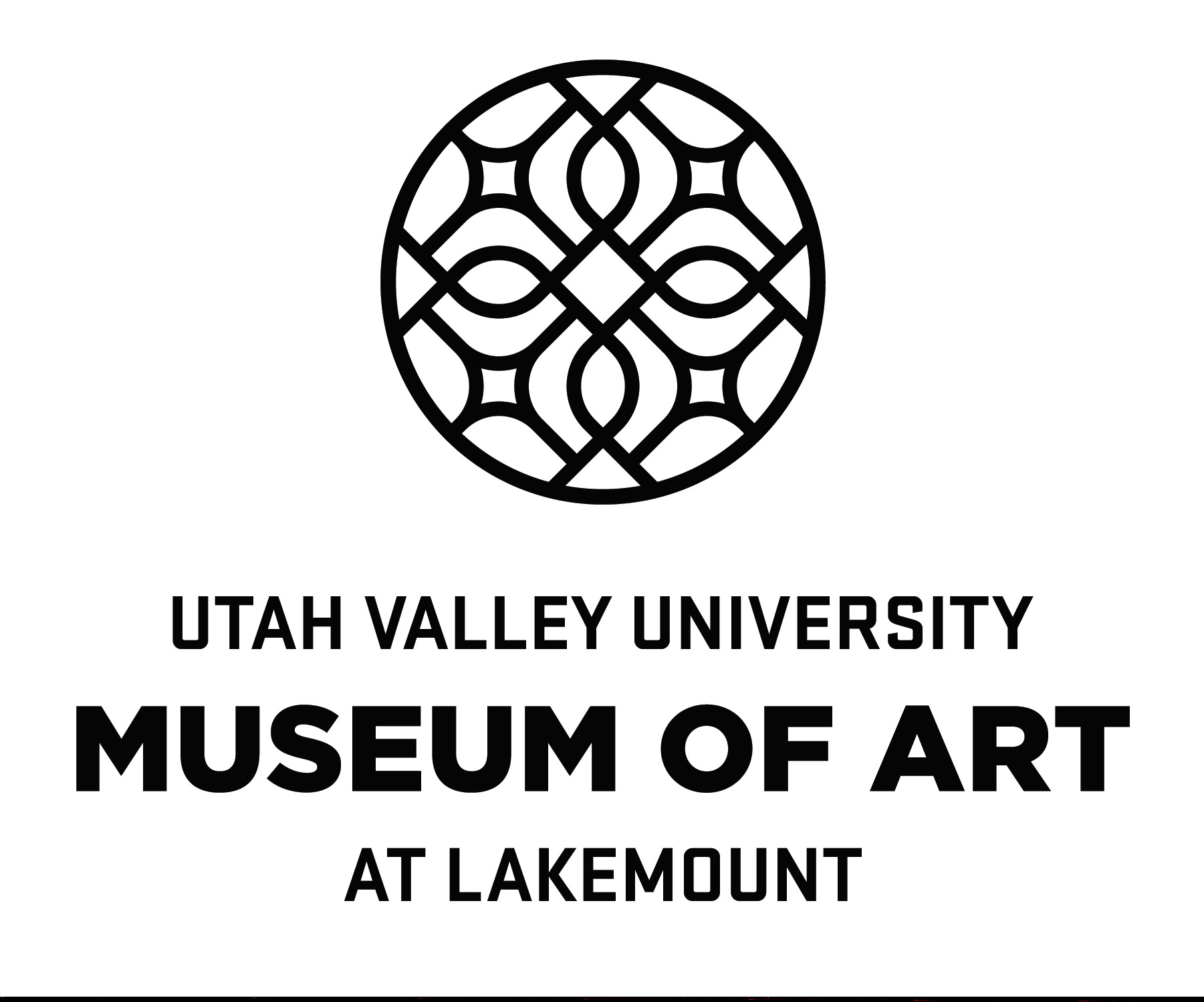UVU art student Jayde Moon is our highlighted artist this week. In this painting Not So Still, our artist this week has put a twist on a still life. A still life is a work of art which uses man made or natural objects. It is placed in a specific arrangement that directs your eye to the objects that the artist sees as important. Jayde has taken the manmade items in her piece and has expanded it outside the box creating what might be outside the view of the viewer. We will be taking this concept even further. Our manmade or natural objects will be purposely tossed, but the landing of those objects will be part of that displacement of objects, creating a different way for the viewer to see the objects. As an artist these objects can be useful, have personal significance or have no meaning at all.
Explore how visual texture adds movement to this still life by taking away the stark still life look. For some the different textures might seem chaotic, while others might see them as refreshing and alive. You can view Jayde’s piece online as part of the Student Art Exhibition. We encourage you to explore other artists like: Joseph Cornell, Georges Braque, Heather Gibson, Lewis Williams, for more inspiration. These artists bring life back into still life.
Explore how visual texture adds movement to this still life by taking away the stark still life look. For some the different textures might seem chaotic, while others might see them as refreshing and alive. You can view Jayde’s piece online as part of the Student Art Exhibition. We encourage you to explore other artists like: Joseph Cornell, Georges Braque, Heather Gibson, Lewis Williams, for more inspiration. These artists bring life back into still life.
Not So Still by Jayde Moon, from the 2022 Student Art Exhibition
This project is another way to look at still life. We will free these items from a still state! Get ready to toss and create!
Materials:
● Sketchbook
● Pencil and eraser
● Any medium of your choice to add color (paint, crayons, ink etc.)
● White paper, white cardstock, art journal, any surface you want to use.
● Small items around your house that are manmade or natural. (sea shell, leaf, penny, paint brush etc. (anything safe to toss lightly in the air. Avoid heavy, sharp, or breakable objects). You will trace the objects on your paper.
● Sketchbook
● Pencil and eraser
● Any medium of your choice to add color (paint, crayons, ink etc.)
● White paper, white cardstock, art journal, any surface you want to use.
● Small items around your house that are manmade or natural. (sea shell, leaf, penny, paint brush etc. (anything safe to toss lightly in the air. Avoid heavy, sharp, or breakable objects). You will trace the objects on your paper.
Directions:
● Gather up small items around your house. Five to ten small items will work for this project.
● On a table, place the white paper you chose.
● With your pencil, draw a square that is large enough for your items to fall into it, in the middle of the white paper.
● Gather the items you chose in your hands.
● Stand over your paper.
● Toss the gathered items lightly in the air over your paper.
● Take your pencil and trace the items that were tossed on your paper.
● Draw a textured design on the items that landed inside the square that you drew.
● Draw a smooth texture on items that landed on the square outline.
● Give items that fell completely outside the square a bold color.
● Complete your background with textured or smooth designs. It’s up to you as the artist.
● Gather up small items around your house. Five to ten small items will work for this project.
● On a table, place the white paper you chose.
● With your pencil, draw a square that is large enough for your items to fall into it, in the middle of the white paper.
● Gather the items you chose in your hands.
● Stand over your paper.
● Toss the gathered items lightly in the air over your paper.
● Take your pencil and trace the items that were tossed on your paper.
● Draw a textured design on the items that landed inside the square that you drew.
● Draw a smooth texture on items that landed on the square outline.
● Give items that fell completely outside the square a bold color.
● Complete your background with textured or smooth designs. It’s up to you as the artist.
Questions to ask yourself:
● Did you like the tossing technique?
● What other methods could you use to create movement?
Finally:
● Critique your work and decide what expression your piece evokes.
● Did you like the tossing technique?
● What other methods could you use to create movement?
Finally:
● Critique your work and decide what expression your piece evokes.
Feel inspired, be creative, and have fun!
